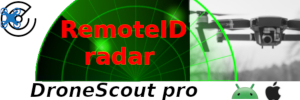I swim against the current here.In any pursuit professional or leisure, there are experts who look with disdain on the curious who want to join in on advanced aspects of the pursuit.
I have been engaged in serious photography for many years and taught photography.
I'm a professional and I shoot jpg.
I don't look on beginners with disdain and want to exclude them from discovering more.
But I think there are plenty more important things for beginners to work on before they need to confuse themselves they aren't ready for and don't need.
If they really need to shoot dng, the time for that is when they understand that.
Not when with very limited understanding of more basic concepts, they are being influenced to do things they don't understand because of forum posts that tell them they should.












